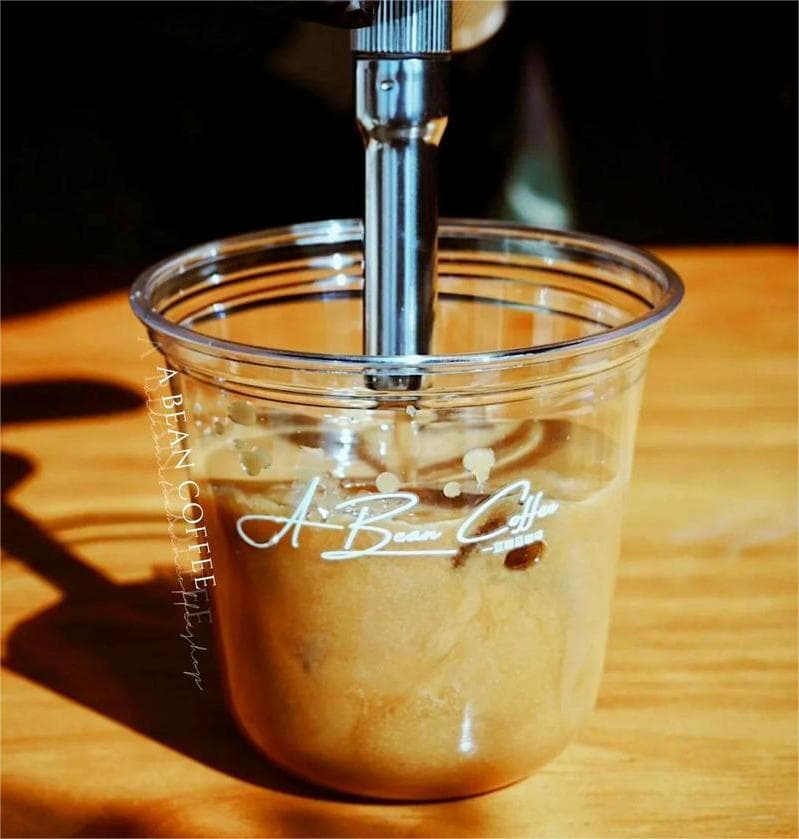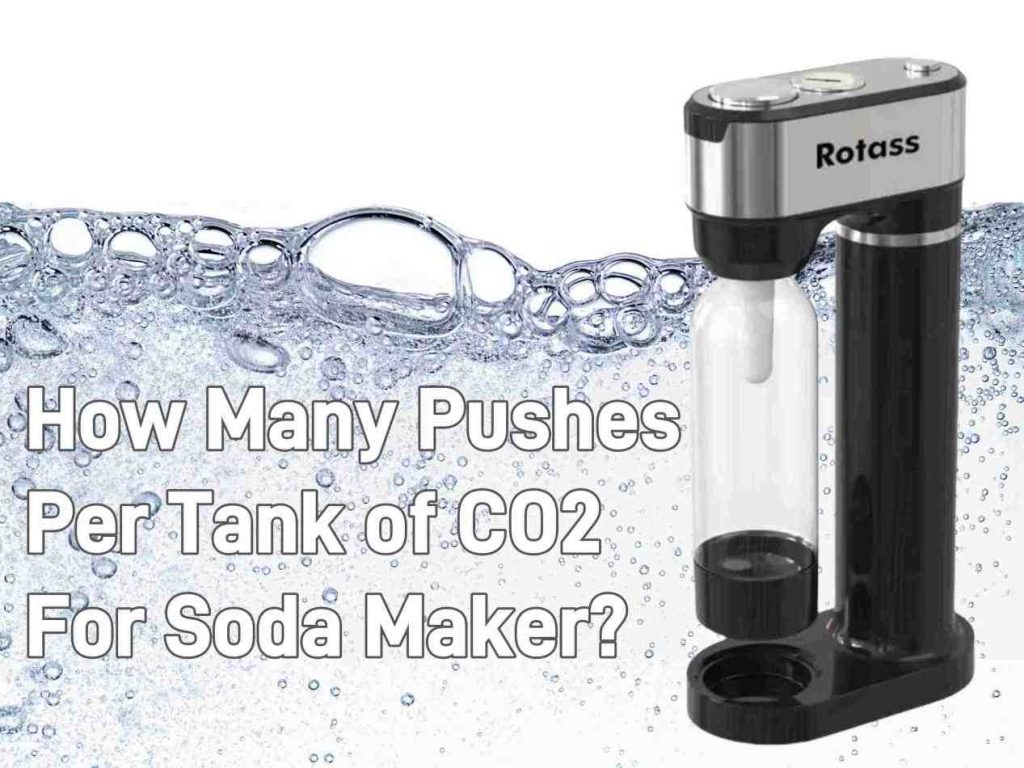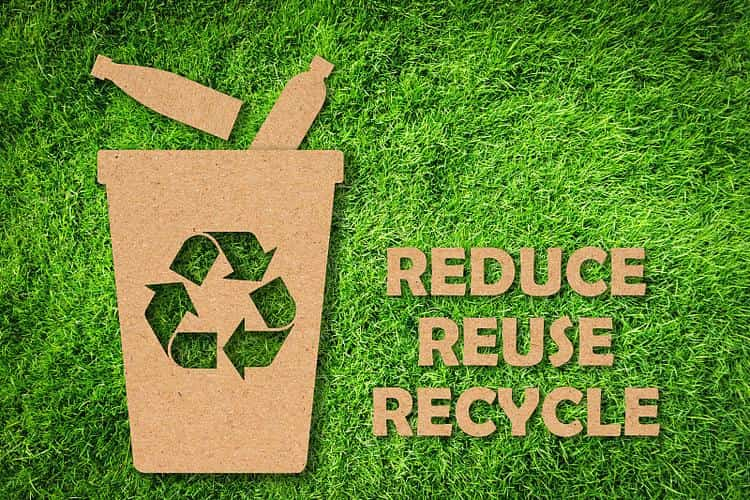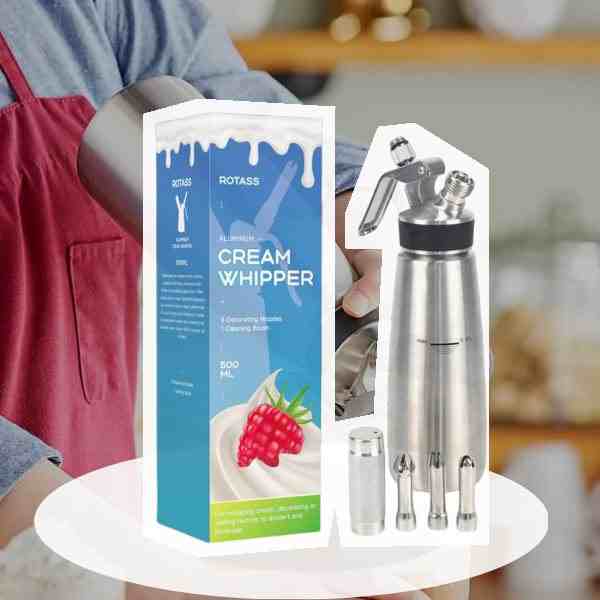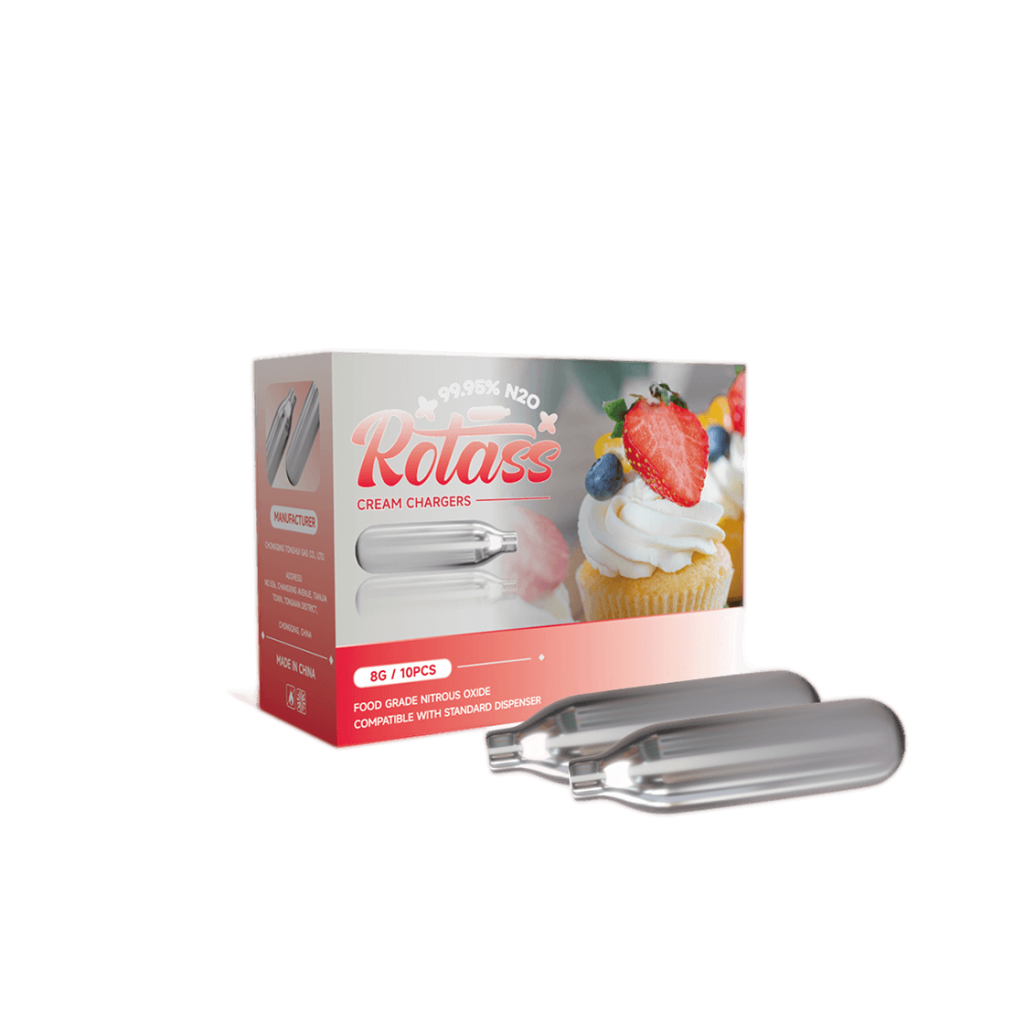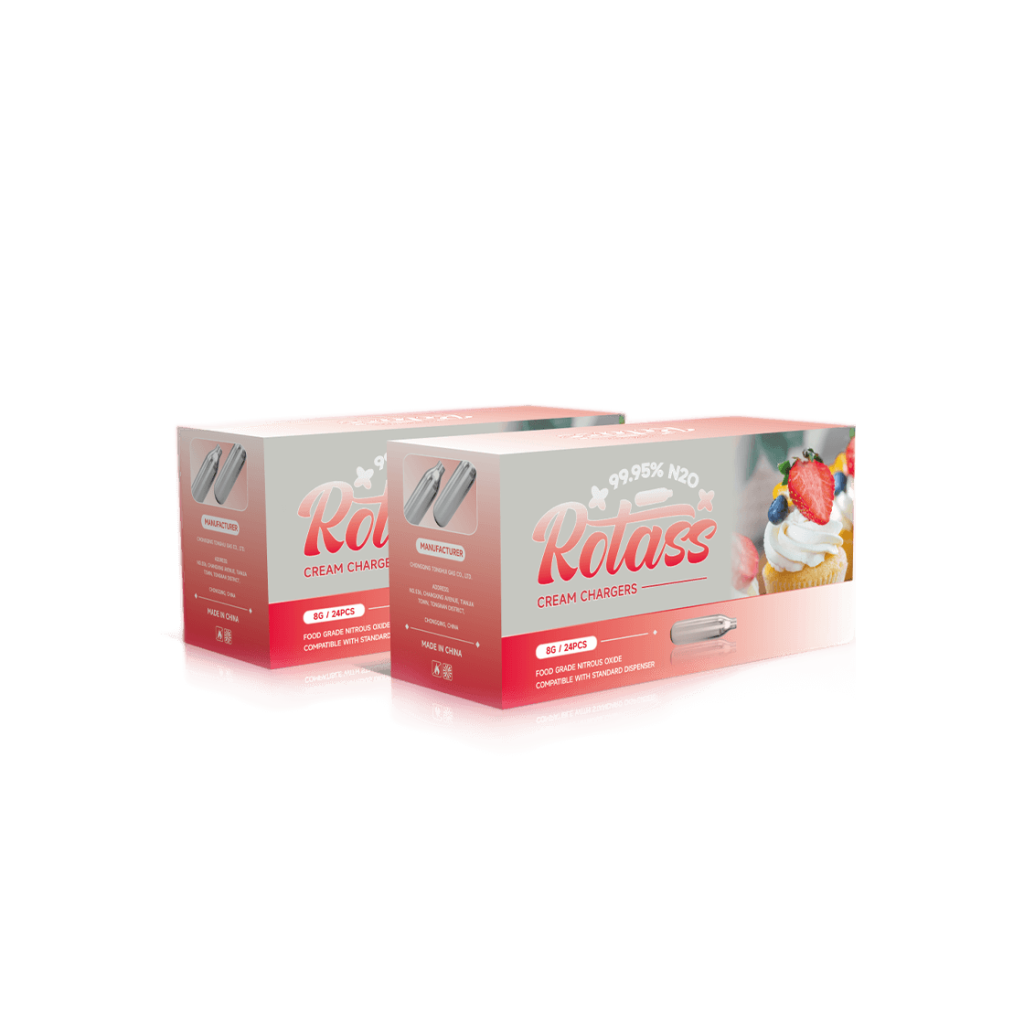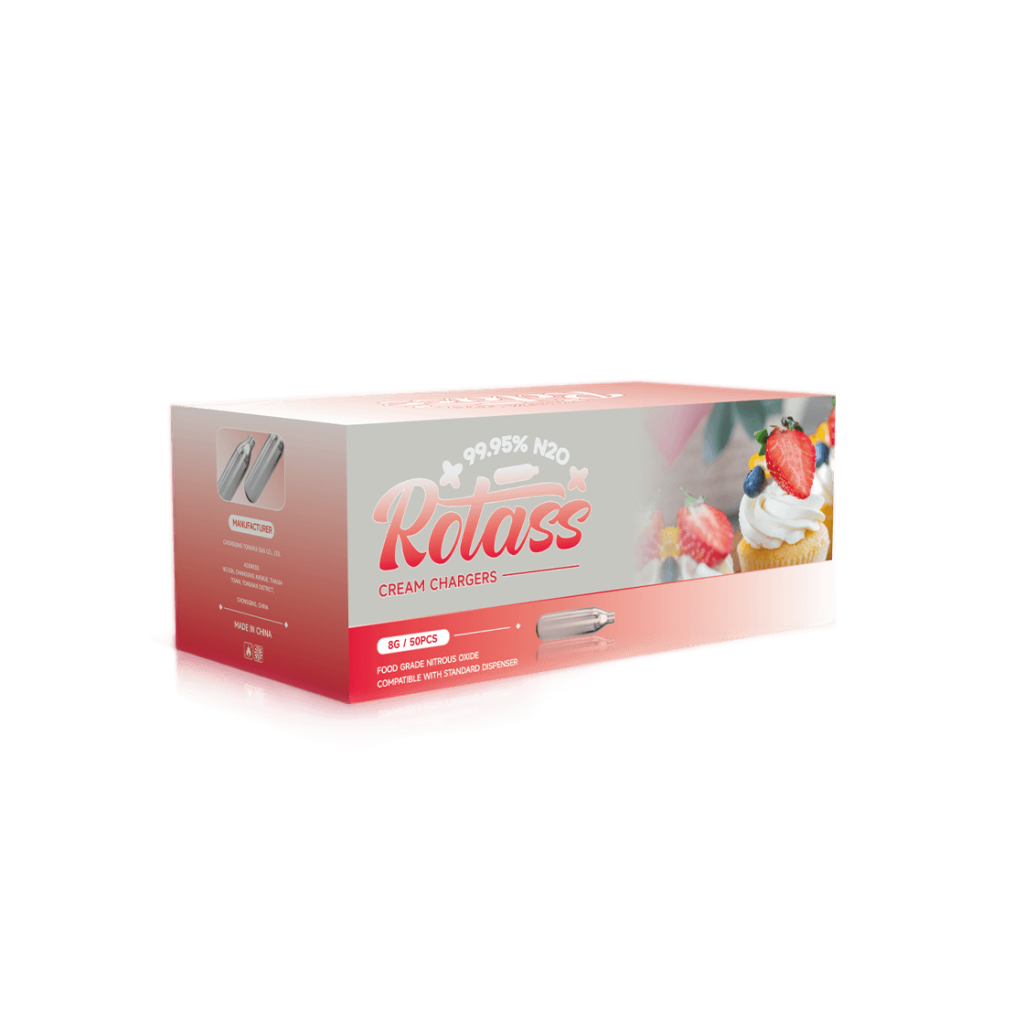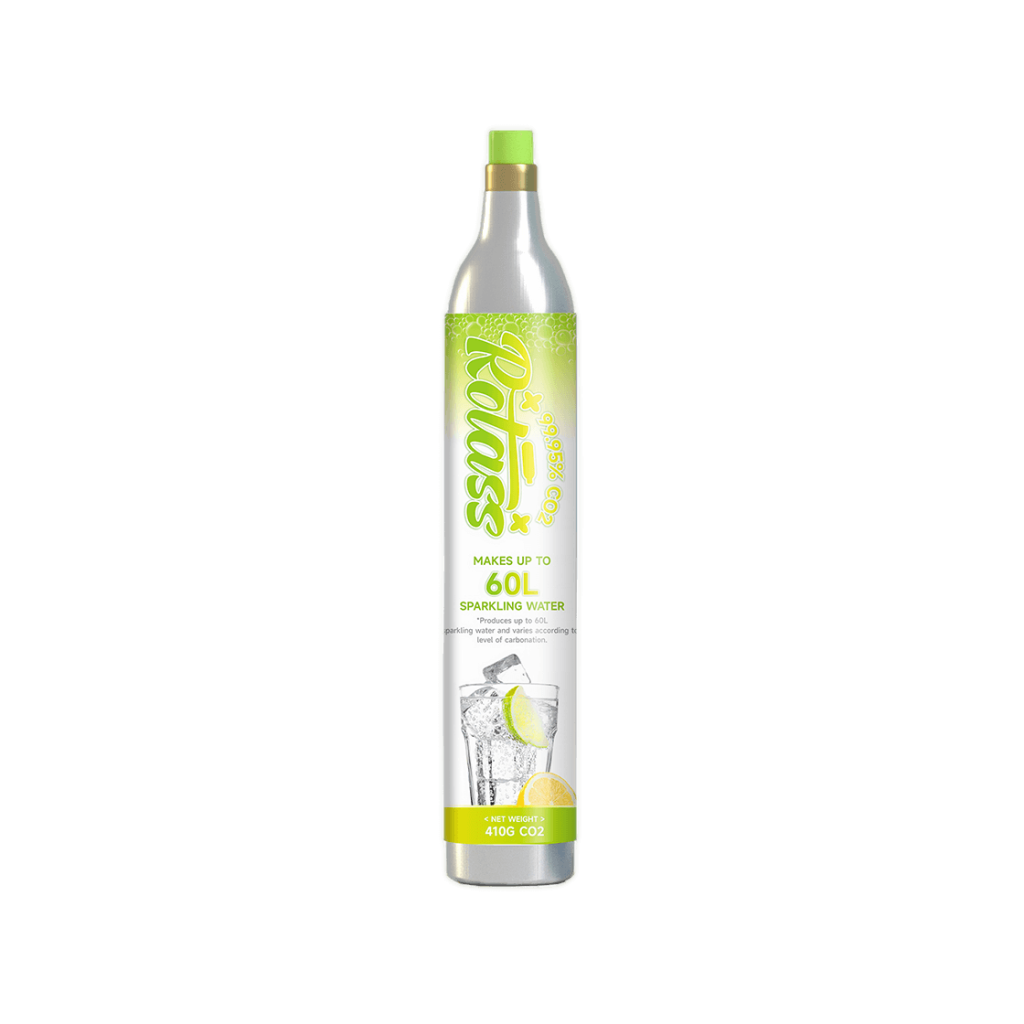2024 / 04 / 18
CO2 VS CO2 Tanks – What You Should Know
What Exactly Are CO2 and CO2 tanks?
One part carbon and two parts oxygen combine to form CO2, a colorless but not odorless gas. What’s the relationship between CO2 and CO2 tanks? CO2 tanks are steel or aluminum cylinders or bottles that are used to sell it commercially on an international market.
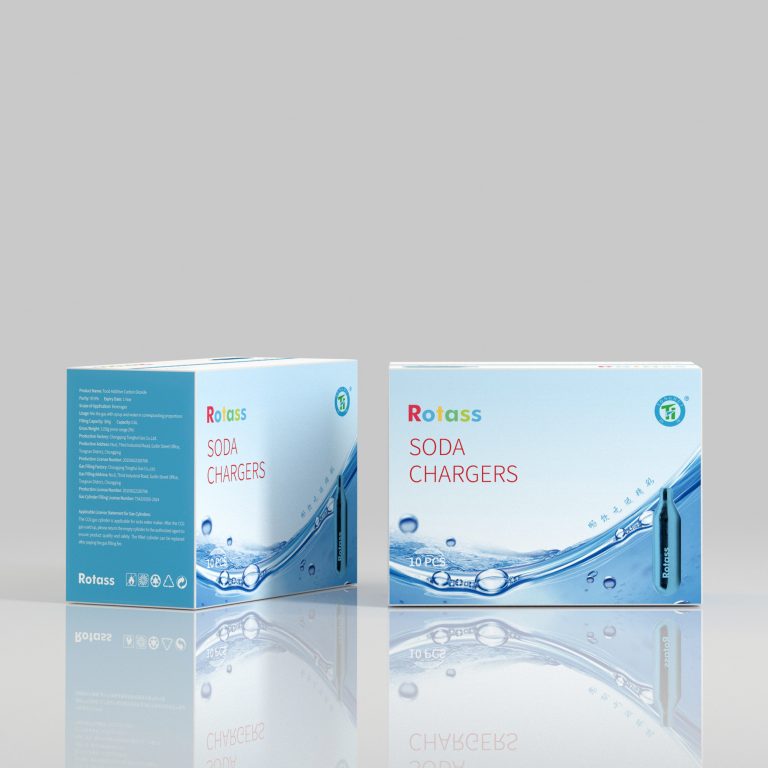
What Are the Uses of CO2 and CO2 Tanks?
Carbon dioxide is used as a coolant in fire extinguishers to blow up life rafts and life jackets, blast coal, foam rubber, and plastics, aid plant growth in greenhouses, and create carbonated beverages.
1. CO2 and CO2 Tanks Used in Beverages
CO2 is popularly used in making beverages sparkling. To get delicious beverages, CO2 is added to the beverages. Thus, many CO2 tank manufacturers produce CO2 to meet the requirements of customers. Many beverage products contain certain amounts of food-grade carbon dioxide, such as cola, bear, fruit flavor soda drinks, and cocktails.
2. CO2 and CO2 Tanks Used in Medicine
Carbon dioxide is used in medicine in a variety of ways. It can be used in some types of surgery as well as to treat respiratory issues including asthma and bronchitis. In other diagnostic procedures, such as CT scans, carbon dioxide is also utilized. Additionally, carbon dioxide is occasionally utilized in MRI scans as a contrast agent. One factor that unites all of these carbon dioxide applications is that they all need for using high carbon dioxide concentrations. The gas is typically created using devices that may produce very high concentrations of the gas when used for medical purposes. Therefore, the usage of carbon dioxide in the medical industry may have a big influence on the environment. Due to the use of CO2, you can get CO2 tanks and use them in the medical industry.
3. CO2 and CO2 Tanks Used for Plants
For plant life, carbon dioxide is crucial. Sunlight is used by plants to transform carbon dioxide into the nutrients they require to develop. As a result, raising the atmospheric carbon dioxide concentration can contribute to boosting crop yields. To provide their plants with a more suitable environment for growth, many commercial greenhouses add extra carbon dioxide to the air. Thus, CO2 Tanks play an important role. Although excessive levels of carbon dioxide might harm the environment, it is obvious that this gas is crucial for maintaining plant life.
4. Most Popular Applications for CO2 Tanks
CO2 tanks can be used for a variety of purposes. The most common use is for carbonated beverages, leisure activities, catering, and fire suppression.
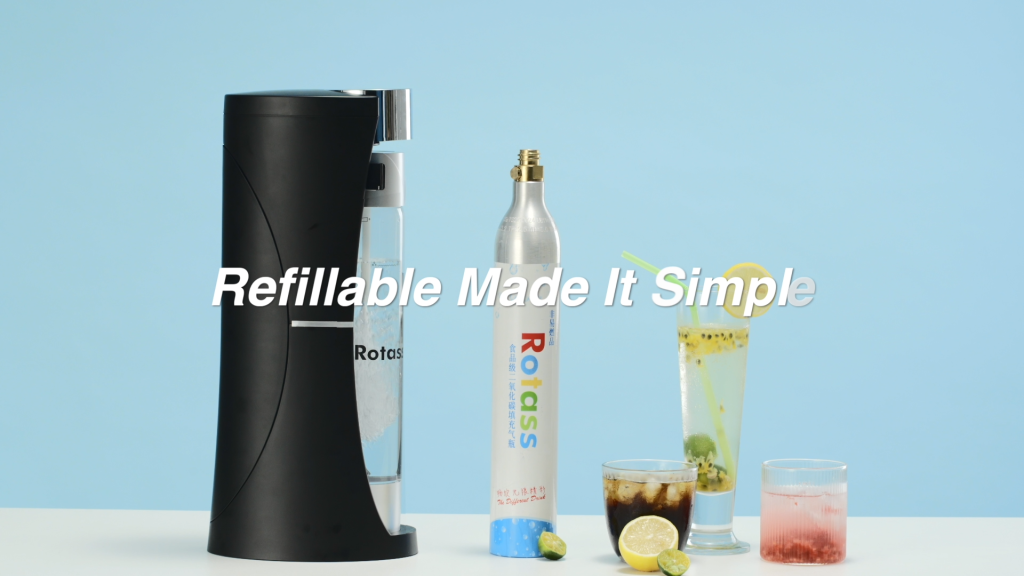
Two Main Types of CO2 Tanks: Industrial Grade and Food Grade
After knowing the usages of CO2 and CO2 tanks, you need to know the types of CO2 tanks to help yourself to choose the right CO2 cylinders. The vast majority of CO2 tanks are utilized in the culinary, medical, or industrial industries. That it is very clean is what most people use. Only utilize CO2 tanks for the grade they were intended for.
People frequently believe that CO2 tanks produced for food and those made for industrial-grade uses are identical. Some people assert that food-grade CO2 doesn’t exist. Is it possible to produce food with CO2? How significant is my grade? To both of your inquiries, yes. The purity of each tank determines its rank, as we’ve already discussed. That is significant. You must purchase a CO2 tank that is safe for food if you plan to utilize CO2 for food and beverages. When someone eats or drinks something and subsequently becomes ill, the CO2 tank type, grade, and how it was handled are all investigated. Get gas tanks that contain food-grade carbon dioxide instead, if you need to use CO2 for food. In a word, CO2 tanks can be divided into industrial-grade CO2 tanks and food-grade CO2 tanks.
Where to Get a CO2 Cylinder?
Are you looking for a reputable place to buy CO2 cylinders? Click here to shop for our Rotass CO2 cylinders and stop searching. 415 grams available, ideal for residential use. The Rotass CO2 tank is a convenient, disposable carbon dioxide cylinder that holds 415 grams of CO2.


